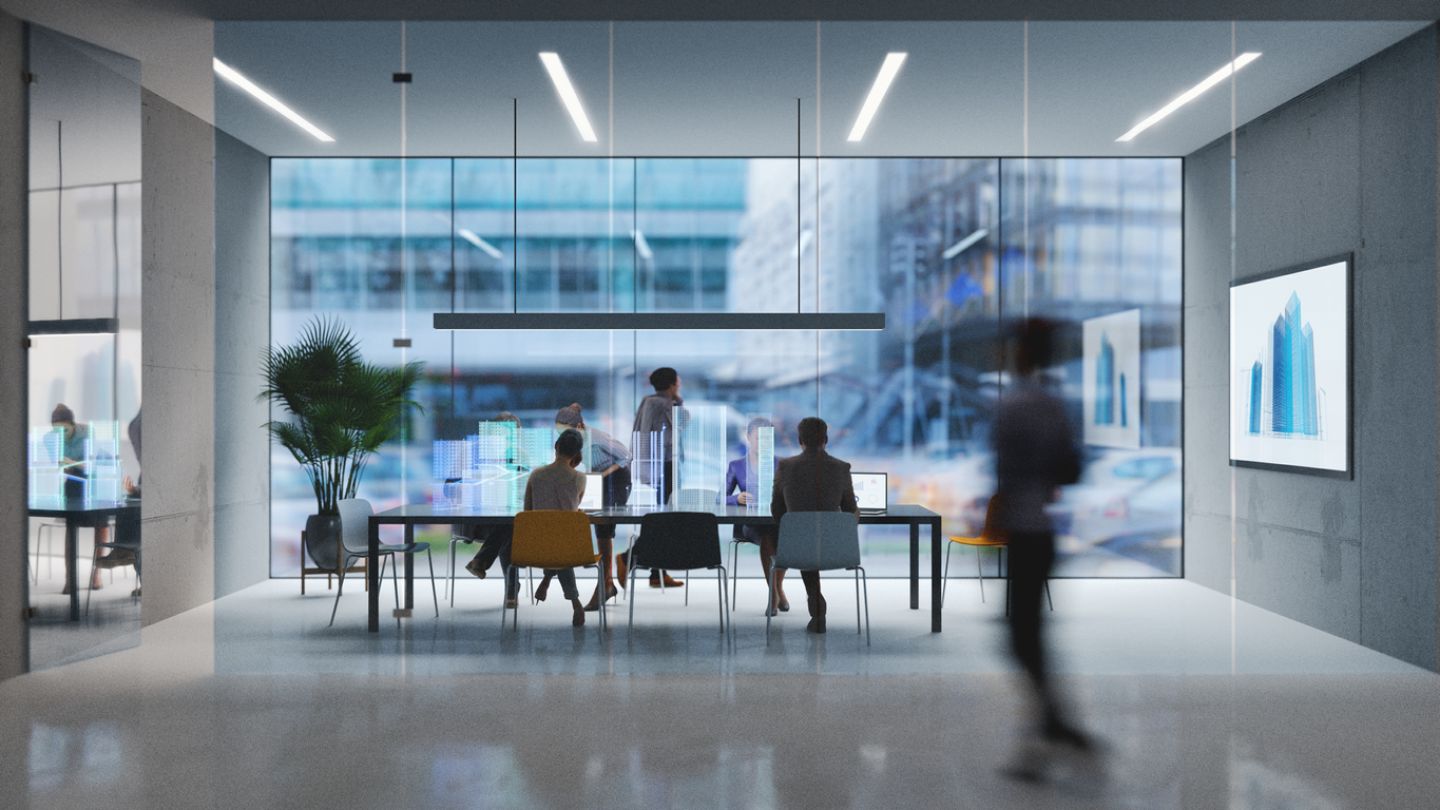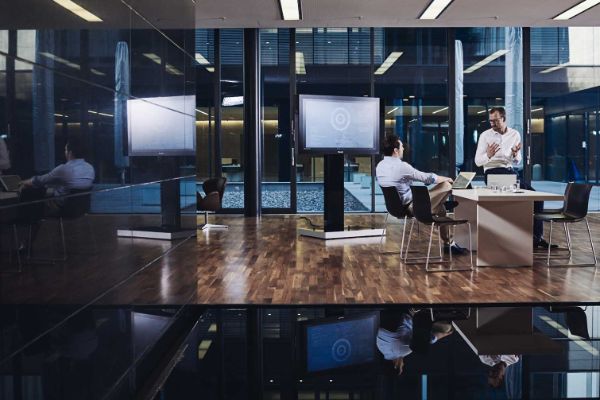What is the cost of an employee’s IT over the entire lifecycle?
Only few budget holders will be able to answer that question. Of course, prices can be compared at the time of purchase and support and maintenance contracts can be agreed to cover part of the running costs.
CFOs regularly rack their brains over these and similar questions as they make calculating the total cost of ownership (TCO) of a device more difficult:
- But which of the devices provided does the employee actually use?
- How much time and effort must the IT department spend on administration and maintenance?
- How often does the hardware need to be repaired?How long is it actually used for?
- What is the residual value at the end of the lifetime and can it be recovered?
- What happens to any sensitive data stored on the equipment?
Below are three tips that will help you to get a grip on these uncertainties:
1. Consider the entire lifecycle: Every asset runs through typical lifecycle phases, from procurement and rollout to actual use and disposal or remarketing. Only by taking into account and planning for the entire lifecycle can you make sustainable budget decisions.
2. Consider the entire workplace: Smartphone, tablet, laptop, PC – an employee’s digital workplace often comprises a range of devices with their own procurement, rollout, and maintenance processes. How much and for how long each one is being used is often unknown. A realistic analysis of the TCO of a digital workplace requires a holistic view of the employee’s IT equipment and its use. This is the only way to decide whether it is more cost-effective to buy or to opt for a customised business concept.
3. Work with the right service provider: As a rule, manufacturers and service providers sell equipment and lock-in contracts that provide them with the best margins. What’s more, they often only take isolated aspects of the digital workplace into account, which raises the question whether their recommendations and offers are actually the best fit for your individual needs and whether the procurement and usage model will pay off.
Lifecycle phases of the digital workplace
In principle, the lifecycle of the IT equipment at a single workplace can be split into three phases:
1. Preparation phase.
This begins with strategic planning of requirements and procurement. In this phase, the CIO’s focus will be on the future-proof development of the digital workplace, while the CFO will want to produce robust figures for budget planning, maintain liquidity, have transparency of the total costs, and minimize the risk of unplanned expenditure, for example on repairs or replacing devices mid-term. The best way to satisfy these requirements is to opt for a fully integrated and customized business concept that provides a defined monthly price per workplace over the entire lifecycle. After the strategic planning follows the procurement of the equipment. A partner like CHG-MERIDIAN can provide an order process that is quick and simple and offers an optimal user journey.
2. Productive phase.
This is the phase during which the equipment is actually used. It begins with the rollout and installation, possibly with employee training, and includes maintenance and support in the event of faults or necessary upgrades. It is not unusual for unplanned costs to occur in this phase, in particular toward the end of the lifetime when the equipment has become more error-prone after so many operating hours. A project partner who is willing to take on a certain amount of risk for a fixed monthly cost can prevent nasty surprises and provide peace of mind for the budget holder.
3. End-of-life phase.
Many companies still neglect this phase. Drawers full of smartphones and storage areas full of decommissioned PCs are not only uneconomic but can also pose a considerable legal risk. Devices containing sensitive data could find their way onto online auction platforms, for example. That is why it is crucial to consider this phase when looking at total costs. Remarketing decommissioned IT equipment can significantly reduce the total cost of ownership. This step is also best left to a professional service provider. You should insist on certified, legally secure data erasure, as offered by CHG-MERIDIAN’s DEKRA-certified and DoD-compliant eraSURE® and TÜV-certified and BSI-compliant eraSURE®+ processes.
TRANSPARENCY IS THE KEY TO THE WORKPLACE OF THE FUTURE
You need the latest digital equipment if you want to remain competitive, increase efficiency, and boost employee satisfaction in the long term. Such a future-proof digital workplace comes at a cost, of course.
All the more important, therefore, to be able to identify the real costs transparently over the entire lifecycle, from needs assessment and procurement to rollout, use, and remarketing. Only a seamless service model that takes all costs into account can give you planning certainty and allow you to realistically gauge TCO. This makes the decision in favour of a usage-based model easier.
“We at CHG-MERIDIAN always consider the entire technology lifecycle. We will work in your interest, find the right mix for your individual usage profile, and come up with a financing strategy that doesn't put a strain on your balance sheet and optimally spreads the total cost over the lifetime.”
Contact us!
Feel free to contact us in case of questions!



